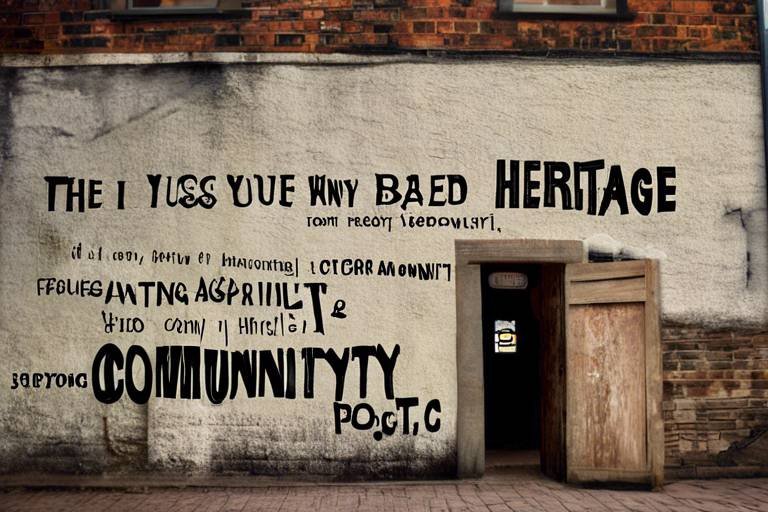Understanding the Concept of the Afterlife in Ancient Cultures
Have you ever wondered what lies beyond this life? The concept of the afterlife has been a subject of fascination and contemplation for ancient cultures across the globe. Each civilization had its unique beliefs and rituals surrounding what happens to the soul after death. From the elaborate funeral practices of the Egyptians to the reincarnation beliefs of the Hindus, the ancient views on the afterlife offer a glimpse into the diverse spiritual perspectives of humanity.
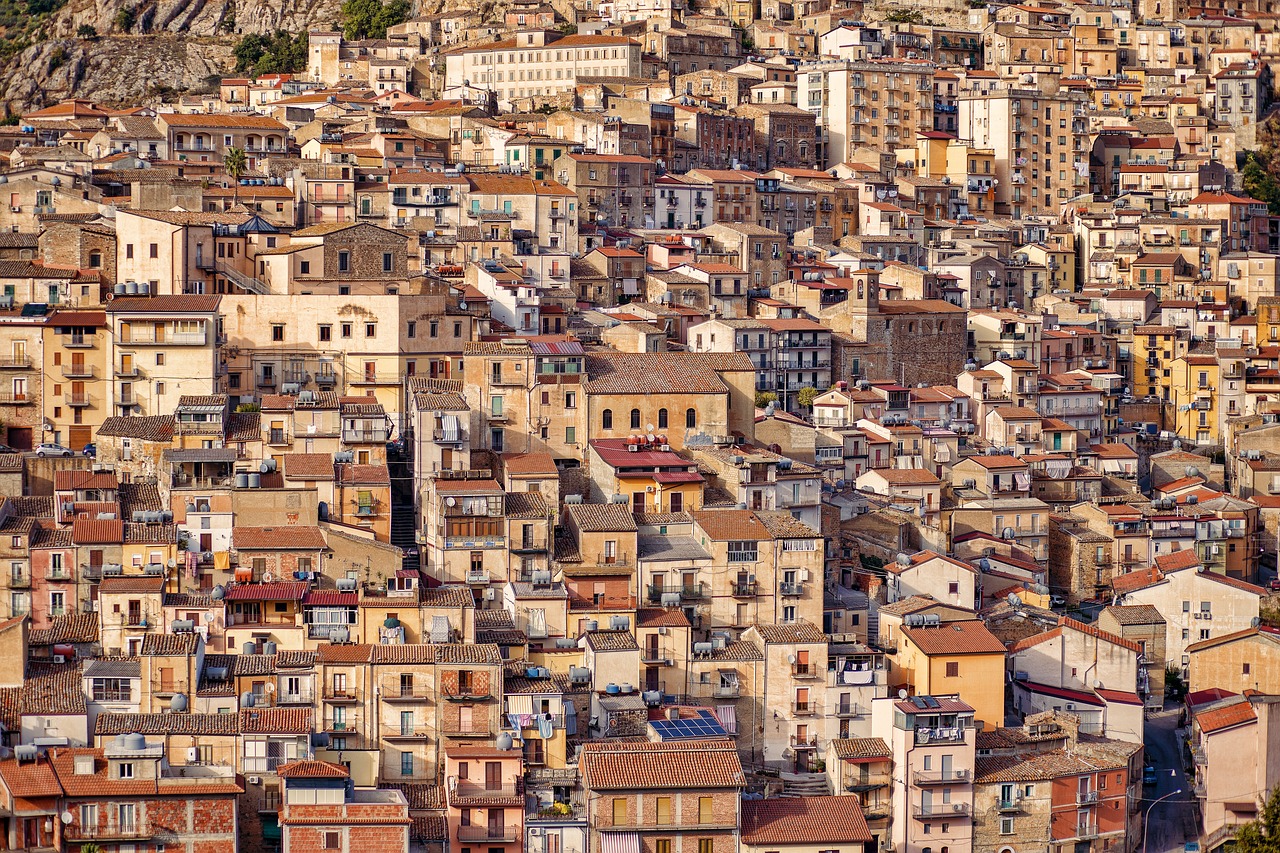
Egyptian Beliefs in the Afterlife
When delving into the fascinating realm of ancient Egyptian beliefs in the afterlife, one cannot help but be mesmerized by the intricate rituals and profound convictions that guided the journey of the soul beyond death. Central to Egyptian cosmology was the concept of Ma'at, the divine order that governed the universe and ensured harmony in both life and the afterlife. The Egyptians believed that the soul, or ka, needed to navigate a perilous journey through the underworld, facing trials and tribulations before reaching the Hall of Judgment.
One of the most iconic practices associated with Egyptian beliefs in the afterlife was the meticulous process of mummification. The preservation of the body through embalming and wrapping in linen bandages was seen as essential to ensure the soul's continuity in the afterlife. The elaborate tombs and funerary rites reflected the Egyptians' profound reverence for the deceased and their unwavering belief in the existence of an eternal soul that transcended physical death.
Central to the Egyptian understanding of the afterlife was the sacred text known as the Book of the Dead. This collection of spells, hymns, and rituals served as a guidebook for the deceased, providing instructions on how to navigate the dangers of the underworld, plead their case before the gods, and achieve eternal life in the Field of Reeds. The elaborate illustrations and detailed instructions in the Book of the Dead underscored the Egyptians' deep-seated belief in the continuity of existence beyond the earthly realm.
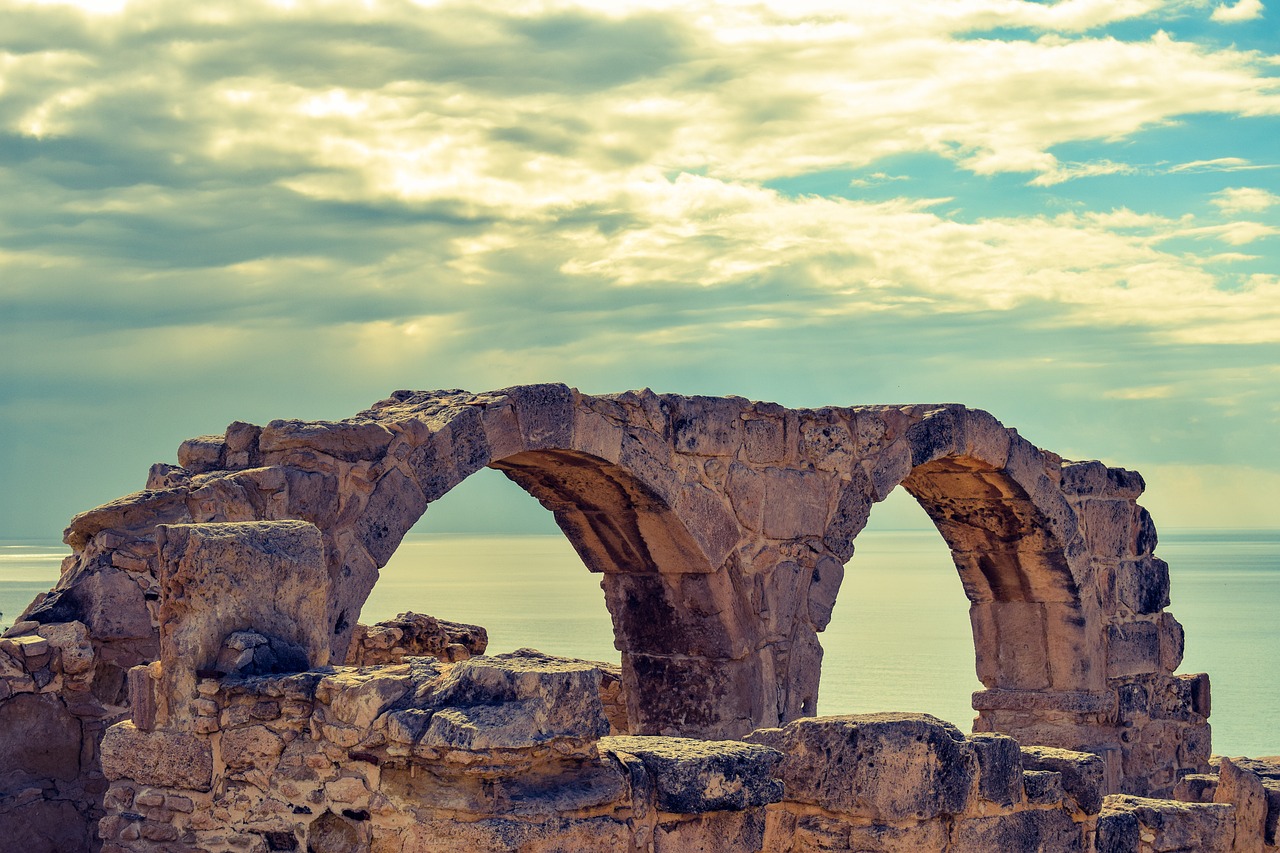
Greek Views on the Afterlife
When delving into the realm of Greek views on the afterlife, one encounters a tapestry of beliefs and mythologies that paint a vivid picture of what awaited individuals beyond the mortal realm. The ancient Greeks held a diverse array of perspectives on the journey of the soul after death, each intertwined with their rich mythology and cultural practices.
One of the most well-known concepts in Greek afterlife beliefs is the division between the Elysian Fields and the realm of Hades. The Elysian Fields represented a paradise-like existence reserved for the virtuous and heroic individuals, where they could enjoy eternal bliss and happiness. On the other hand, the realm of Hades, ruled by the god of the underworld, was a place of darkness and suffering for those who led less honorable lives.
The influence of Greek mythology, with its pantheon of gods and epic tales, played a significant role in shaping these beliefs. Stories of heroes journeying to the underworld, such as Orpheus and Hercules, added layers of complexity to the Greek understanding of the afterlife. The concept of the river Styx, which souls had to cross to reach the underworld, further emphasized the importance of leading a righteous life.
Moreover, rituals and practices surrounding death in ancient Greece were deeply intertwined with these beliefs. Funerary rites aimed to ensure a smooth passage for the deceased into the afterlife, with offerings made to appease the gods and guide the soul on its journey. The practice of placing coins on the eyes of the deceased to pay the ferryman Charon for safe passage across the river Styx exemplifies the intricate customs associated with Greek views on death and the afterlife.
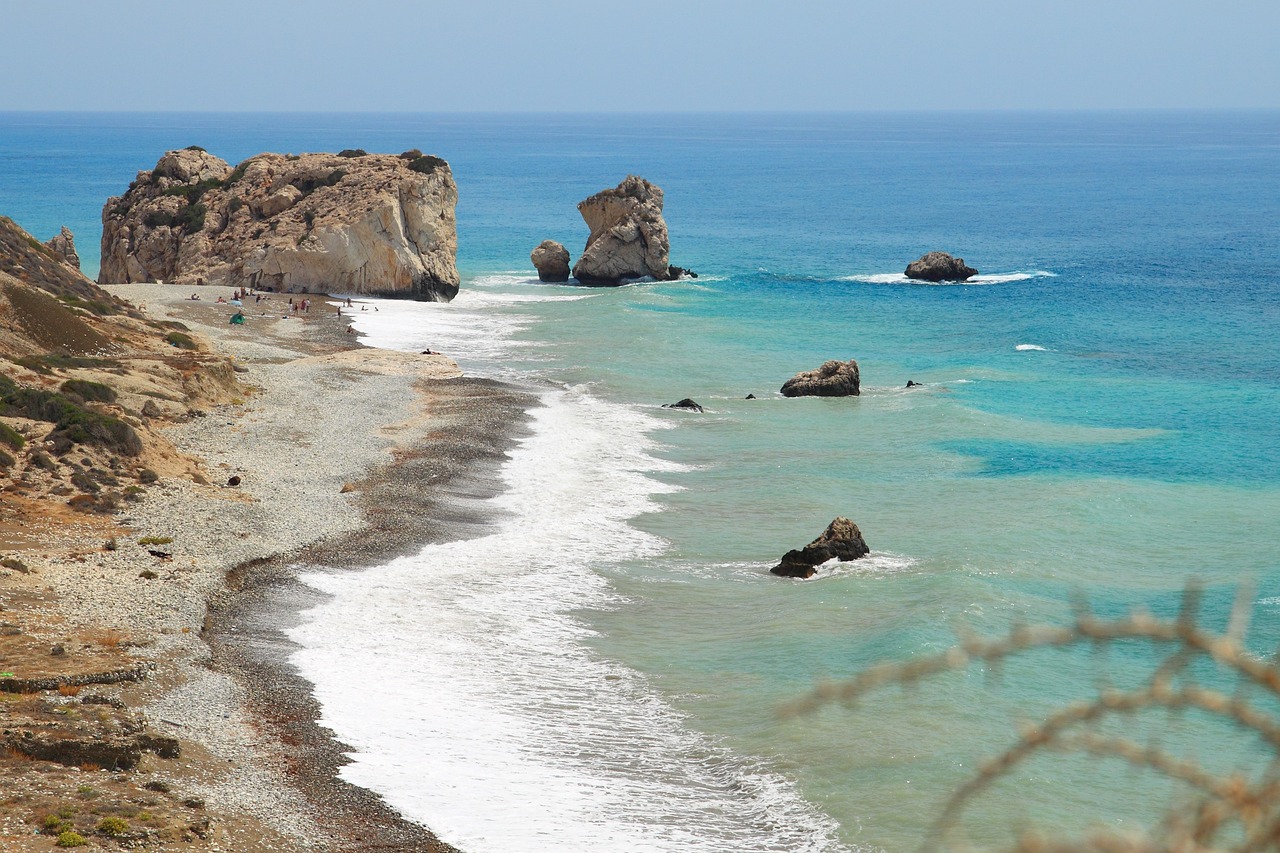
Norse Mythology and the Afterlife
In Norse mythology, the concept of the afterlife is deeply intertwined with the idea of honor, bravery, and battle. One of the most famous aspects of the Norse afterlife is Valhalla, the majestic hall ruled by the god Odin. Valhalla is where the souls of brave warriors who die in combat are taken by the Valkyries, warrior maidens who select the fallen warriors from the battlefield. These warriors, known as the Einherjar, spend their days training for the final battle of Ragnarok, the end of the world in Norse mythology. This emphasis on valor and prowess in battle reflects the warrior culture of the Vikings, where death in combat was seen as a noble and honorable fate.
On the other hand, those who did not die in battle, such as the elderly or the sick, were believed to go to Hel, the realm of the goddess Hel. Hel is not a place of punishment like the Christian concept of Hell but rather a realm of rest for those who did not die as warriors. It is a dark and cold realm, symbolizing the finality of death and the peaceful slumber of the deceased. In Norse mythology, Hel is neither glorified nor feared, but accepted as a natural part of the cycle of life and death.
Additionally, Norse mythology also includes the concept of Niflheim, the realm of ice and mist, which is associated with the dead who did not die in battle or due to illness. Niflheim is a realm of cold and darkness, where the souls of the dishonorable and the wicked are said to dwell. It is a stark contrast to the vibrant and heroic atmosphere of Valhalla, emphasizing the importance of honor and bravery in Norse society.
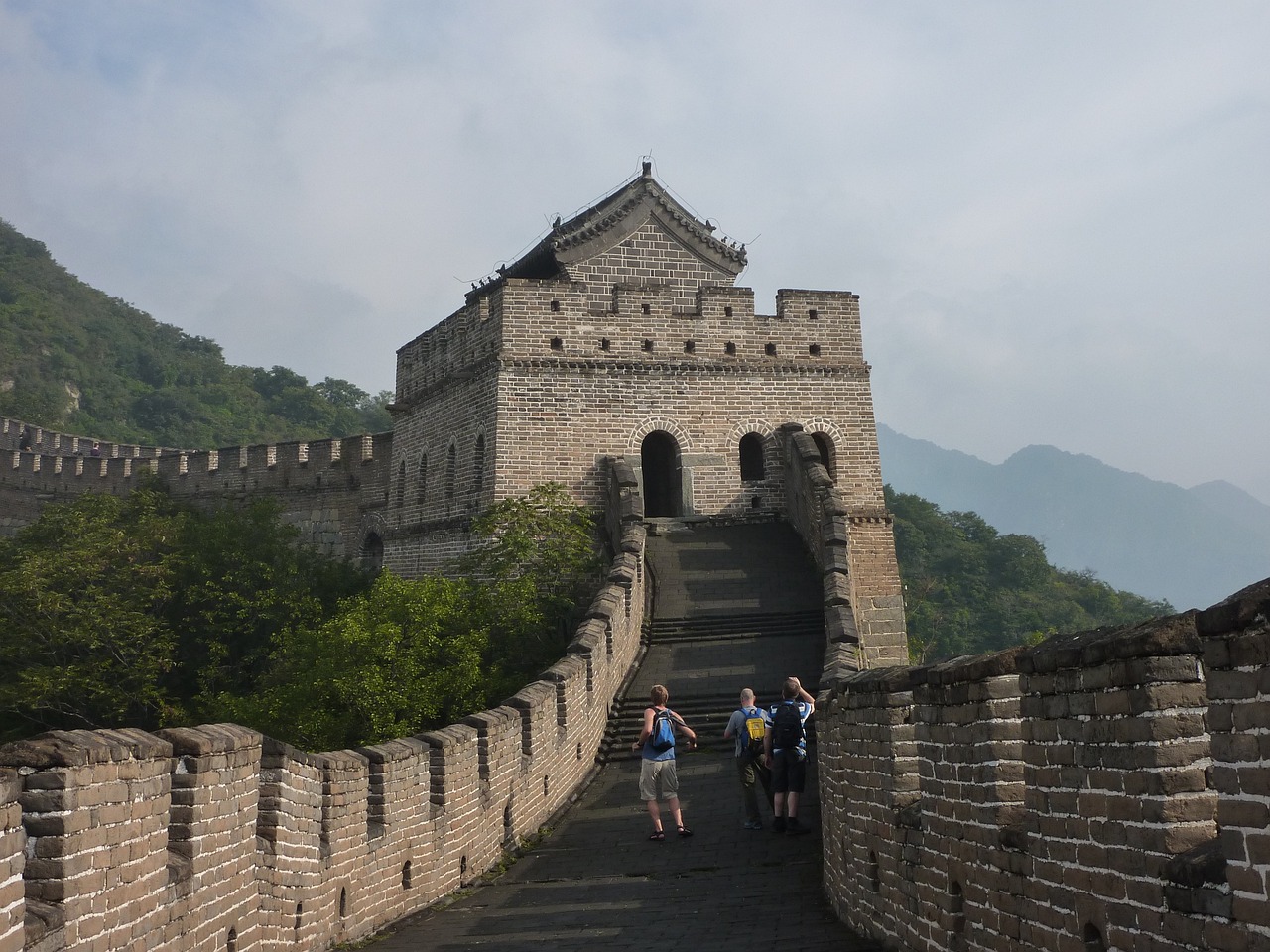
Chinese Concepts of the Afterlife
Chinese beliefs in the afterlife are deeply rooted in traditional customs and spiritual practices. Central to these beliefs is the concept of the Underworld, a realm where the souls of the deceased journey after death. In Chinese mythology, the Underworld is governed by various deities who oversee different aspects of the afterlife, such as judgment and reincarnation.
Ancestral veneration plays a significant role in Chinese culture, with rituals and offerings performed to honor and appease the spirits of deceased ancestors. It is believed that maintaining a connection with one's ancestors is essential for ensuring a peaceful journey to the next realm and receiving their blessings and guidance.
One of the key practices in Chinese beliefs about the afterlife is the performance of elaborate funeral rites and ceremonies. These rituals are designed to provide the deceased with a smooth transition to the afterlife and to ensure their well-being in the spiritual realm. Offerings of food, incense, and other items are made to the departed to sustain them on their journey.
Additionally, the Chinese concept of the afterlife is intertwined with notions of karma and moral judgment. It is believed that one's actions in life determine their fate in the afterlife, with good deeds leading to a favorable rebirth or spiritual advancement, while negative actions may result in punishment or reincarnation in a lower form.
Overall, Chinese beliefs in the afterlife reflect a deep reverence for the spiritual realm and the interconnectedness between the living and the dead. Through rituals, offerings, and ancestral veneration, the Chinese seek to ensure harmony between the earthly realm and the world beyond, honoring the past and preparing for the future.
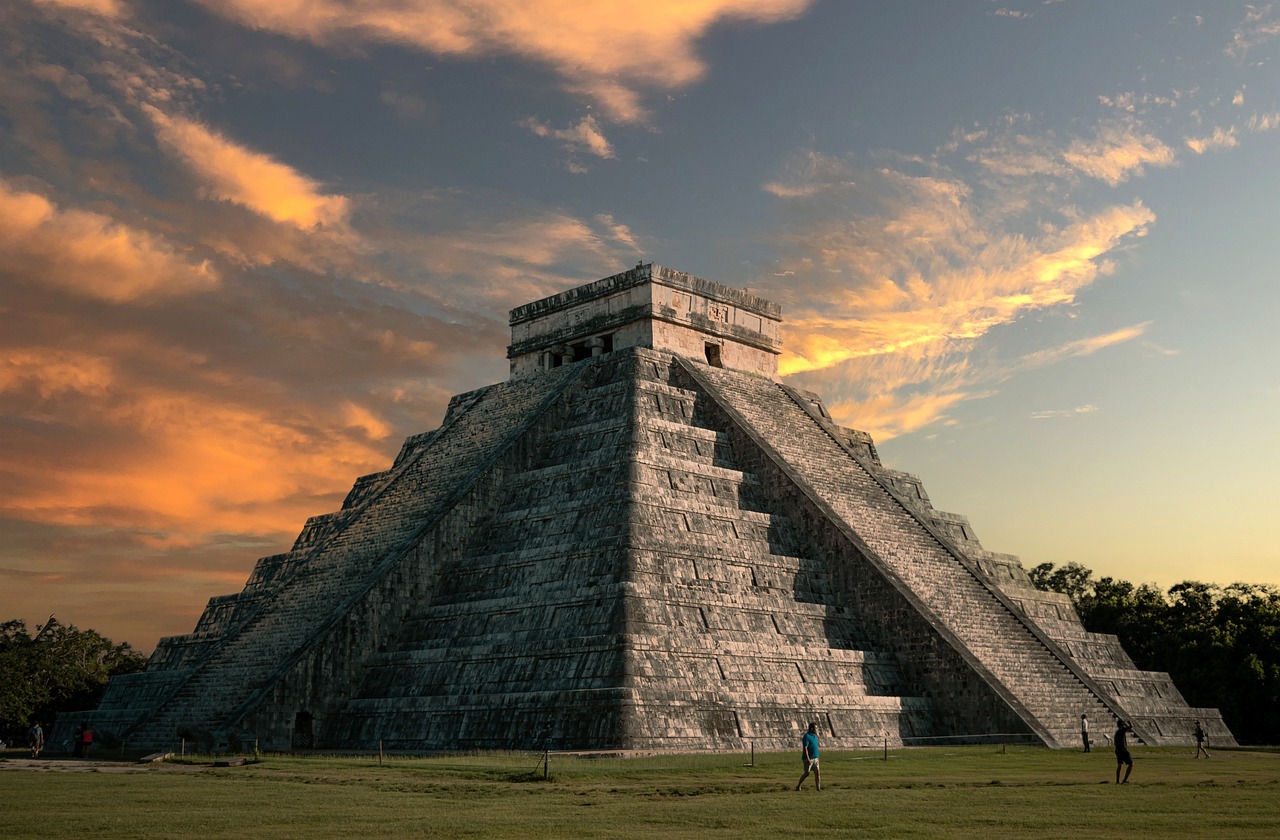
Mayan and Aztec Views on the Afterlife
The Mayan and Aztec civilizations held intricate and fascinating beliefs regarding the afterlife, shaping their cultural practices and rituals. In Mayan culture, death was viewed as a transformative process rather than an end, with the deceased embarking on a journey to the underworld known as Xibalba. This realm was ruled by powerful deities and was considered a place of trials and challenges for the soul to overcome.
Human sacrifice played a significant role in Mayan beliefs about the afterlife, as it was believed to ensure the continuity of life and appease the gods. The sacrificial victims were thought to have a special status in the afterlife, serving as intermediaries between the mortal world and the divine realm. The Mayans also placed great importance on burial practices, with elaborate tombs and offerings provided for the deceased to aid them in their journey.
Similarly, the Aztecs held complex beliefs about the afterlife, envisioning multiple levels of existence for the soul based on the circumstances of one's death. Those who died in battle or as sacrificial victims were believed to ascend to the highest levels of the heavens, where they would join the sun in eternal glory. In contrast, individuals who died from natural causes or illness were thought to descend to the underworld, a dark and foreboding realm ruled by the god Mictlantecuhtli.
Central to Aztec beliefs was the notion of cyclical time, where death and rebirth were seen as part of a continuous cosmic cycle. This interconnected view of life and death influenced their rituals, such as the famous Day of the Dead celebrations, where the living honored their deceased ancestors and sought to maintain a connection with the spirit world.

Native American Perspectives on the Afterlife
Native American cultures have a rich tapestry of beliefs and traditions surrounding the afterlife, reflecting their deep connection to nature and the spiritual realm. Many Native American tribes view death not as an end but as a transition to another existence, where the spirit continues its journey. The concept of the spirit world plays a central role in Native American beliefs, with the idea that the spirits of the deceased remain present and can influence the living.
For Native Americans, the afterlife is often seen as a place of peace and harmony, where the spirits of ancestors watch over and guide the living. Ancestral connections are highly valued, and rituals and ceremonies are performed to honor and communicate with the spirits of the departed. Burial customs are significant in Native American cultures, with practices varying among tribes but often involving ceremonies to ensure a smooth passage to the afterlife.
Some tribes believe in the existence of multiple realms in the afterlife, each with its own characteristics and inhabitants. These realms may include places of rest and rejuvenation, as well as areas where spirits undergo purification or transformation. The diversity of beliefs among Native American tribes reflects the rich cultural heritage and spiritual diversity present in indigenous communities.
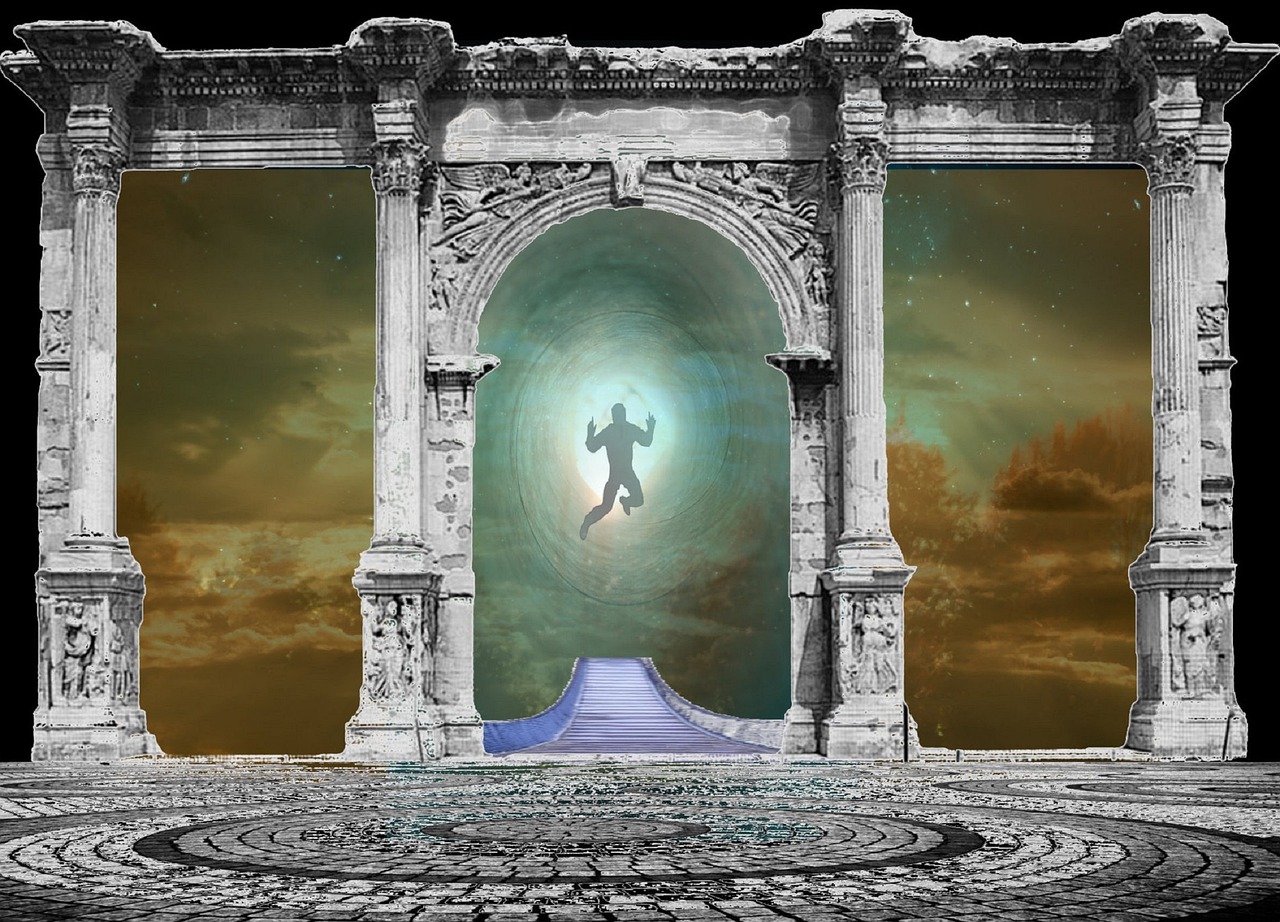
Indian Concepts of Reincarnation
Indian concepts of reincarnation are deeply rooted in the religious and philosophical beliefs of Hinduism and Buddhism. The idea of reincarnation, or samsara, is central to these traditions, emphasizing the cyclical nature of life, death, and rebirth. According to these beliefs, an individual's actions, known as karma, in their current life will determine the form of their existence in the next life. This cycle continues until the soul achieves liberation, or moksha, from the cycle of rebirth.
In Hinduism, the concept of reincarnation is intricately linked to the caste system, with the belief that one's actions in a past life directly influence their social status and experiences in the present life. This system of karma and rebirth serves as a moral and ethical framework, guiding individuals to lead virtuous lives to improve their future incarnations.
Similarly, in Buddhism, reincarnation is viewed as part of the broader cycle of suffering and liberation. The goal is to break free from the cycle of birth and death by attaining enlightenment, or nirvana. Through meditation, ethical living, and the pursuit of wisdom, individuals seek to transcend the limitations of the physical world and achieve spiritual liberation.
The concept of reincarnation in Indian culture is not just a religious belief but a fundamental aspect of the worldview that shapes societal values, attitudes towards life and death, and the understanding of human existence. It offers a profound perspective on the interconnectedness of all living beings and the eternal journey of the soul through multiple lifetimes.
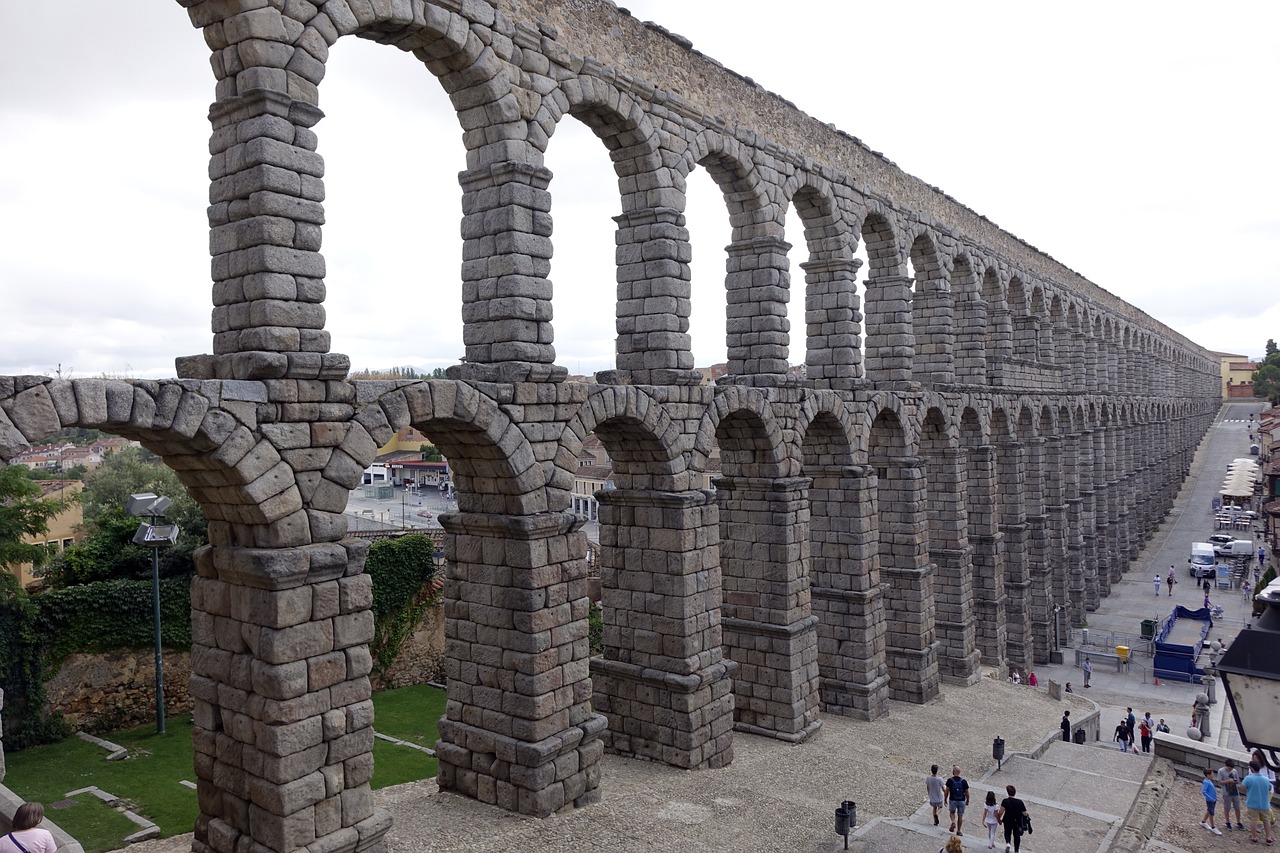
Roman Beliefs in the Underworld
When exploring the Roman beliefs in the underworld, one cannot ignore the intricate tapestry of mythology and tradition that shaped their views on the afterlife. The Romans envisioned a complex realm beneath the earth ruled by Pluto, the god of the underworld. In this realm, souls of the deceased, known as shades, resided in various sections depending on their deeds in life.
Central to Roman beliefs was the concept of the River Styx, a mythical river that separated the world of the living from the realm of the dead. The souls of the departed had to cross this river to reach the afterlife, a journey fraught with challenges and obstacles. Cerberus, the three-headed dog, guarded the gates of the underworld, ensuring that only the deserving souls could pass.
Like their Greek counterparts, the Romans believed in a system of judgment after death. The righteous souls were rewarded in the Elysian Fields, a paradise reserved for heroes and virtuous individuals. On the other hand, those who led a wicked life faced punishment in Tartarus, a dark and dismal underworld where they suffered for their sins.
Roman funerary practices were deeply influenced by these beliefs, with elaborate rituals and ceremonies conducted to ensure a smooth passage to the afterlife. Offerings were made to appease the spirits of the deceased, and tombs were adorned with inscriptions and symbols to guide the soul on its journey.
Overall, the Roman beliefs in the underworld reflected a complex interplay of mythology, religion, and societal norms. The concept of an afterlife shaped by judgment and divine justice permeated their culture, influencing everything from burial customs to moral values.
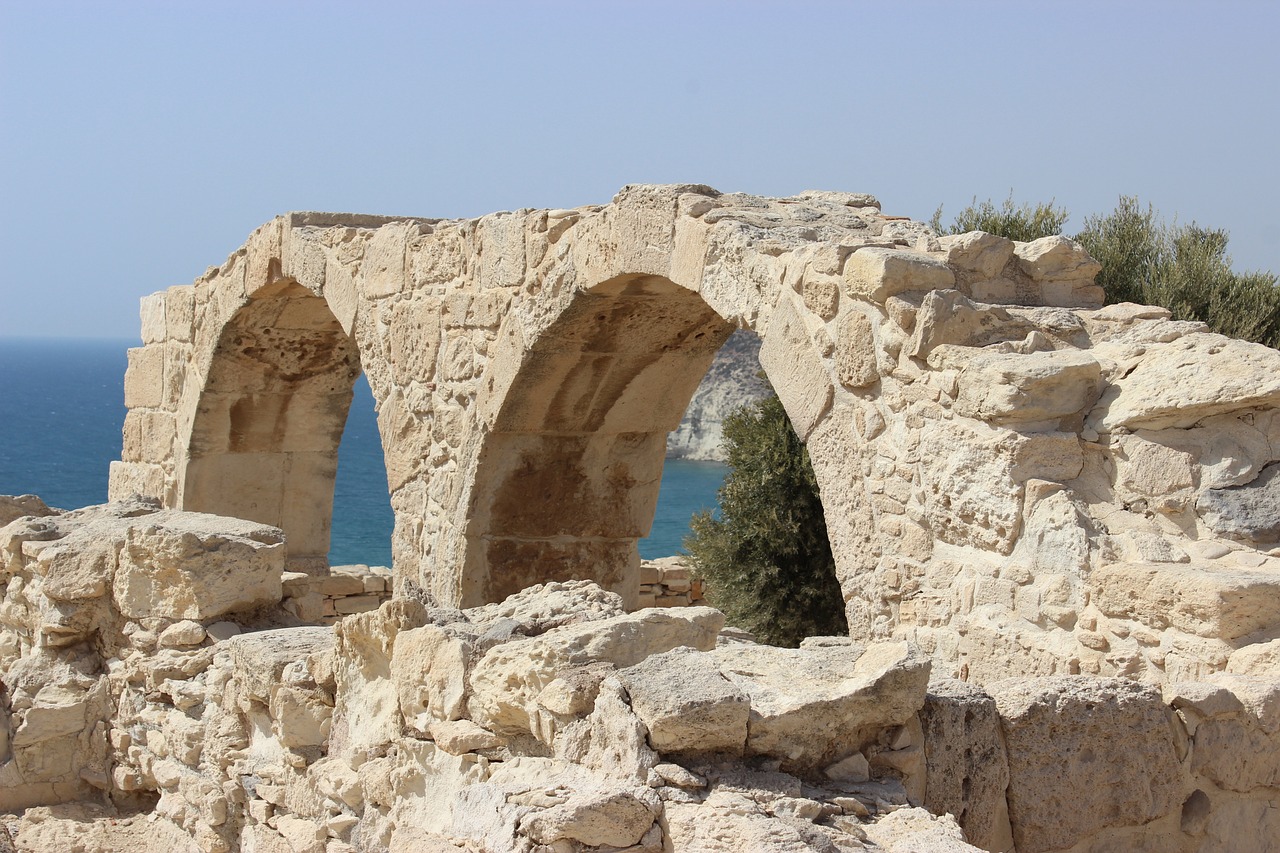
Comparative Analysis of Ancient Afterlife Beliefs
When delving into the ancient beliefs surrounding the afterlife, a comparative analysis reveals fascinating similarities and intriguing differences across various cultures. While the Egyptians focused on the preservation of the physical body through mummification and the journey of the soul guided by the Book of the Dead, the Greeks envisioned a realm where souls resided based on their deeds in life, from the blissful Elysian Fields to the dark realm of Hades.
On the other hand, Norse mythology painted a vivid picture of the afterlife, with fallen warriors welcomed into the majestic halls of Valhalla to prepare for Ragnarok, while those who died dishonorably found themselves in the cold realm of Hel. In contrast, Chinese beliefs emphasized ancestral veneration and the importance of rituals to ensure a peaceful transition to the Underworld.
Exploring the Mayan and Aztec views on the afterlife unveils a world filled with complex rituals, human sacrifices to appease underworld deities, and a journey fraught with challenges to reach the land of the dead. Native American perspectives, on the other hand, celebrated the interconnectedness of all living beings and the spiritual realm, with burial customs reflecting a deep respect for the deceased.
Indian concepts of reincarnation and karma introduced a cyclical view of life and death, where actions in the present life shape the soul's journey in the next, highlighting the importance of living a virtuous life to break free from the cycle of rebirth. Roman beliefs in the Underworld mirrored Greek mythology, with shades of the deceased residing in different realms ruled by Pluto.
Through a comparative analysis of these ancient afterlife beliefs, we witness a tapestry of human imagination and cultural diversity, each offering a unique perspective on what lies beyond this life. While some cultures focused on the journey of the soul and the importance of rituals, others emphasized the consequences of one's actions and the interconnectedness of life and death.
Frequently Asked Questions
- What were the Egyptian beliefs regarding the afterlife?
The ancient Egyptians believed in a complex journey of the soul after death. They emphasized the importance of mummification to preserve the body for the afterlife and the significance of the Book of the Dead to guide the deceased through the challenges of the underworld.
- What were the Greek views on the afterlife?
Ancient Greeks had diverse beliefs about the afterlife, with concepts like the Elysian Fields for the virtuous and the realm of Hades for the souls of the dead. Mythology played a significant role in shaping their ideas about the underworld and the fate of the deceased.
- How did Norse mythology depict the afterlife?
In Norse culture, fallen warriors were honored in Valhalla, while those who did not die in battle went to Hel. The Norse had a complex cosmology that included various realms and deities associated with the afterlife.
- What were the Chinese beliefs about the afterlife?
Traditional Chinese beliefs in the afterlife revolved around concepts like the Underworld and ancestral veneration. Rituals were essential to ensure a peaceful transition to the next realm and to honor the ancestors.
- How did the Mayan and Aztec civilizations view the afterlife?
The Mayans and Aztecs had intricate beliefs about the afterlife, involving human sacrifice, underworld deities, and a journey to the land of the dead. These civilizations had rich mythologies that influenced their funerary practices.
- What were the Native American perspectives on the afterlife?
Native American tribes held diverse beliefs about the afterlife, including the existence of a spirit world, connections to ancestors, and the importance of burial customs. These beliefs reflected their deep spiritual connections to nature and the cosmos.
- How did Hinduism and Buddhism view reincarnation?
Hindu and Buddhist beliefs in reincarnation and karma emphasized the soul's journey through cycles of birth, death, and rebirth. Actions in this life were believed to shape one's destiny in future existences.
- What were the Roman beliefs about the underworld?
Romans held beliefs in the Underworld ruled by Pluto, shades of the deceased, and influences from Greek mythology. Funerary practices in Roman culture were intertwined with these beliefs about the afterlife.
- How do ancient afterlife beliefs compare across different cultures?
By comparing and contrasting ancient afterlife beliefs, we can see common themes like the existence of multiple realms and the importance of rituals for the deceased. Each culture's beliefs reflected their unique perspectives on life, death, and the supernatural.

















